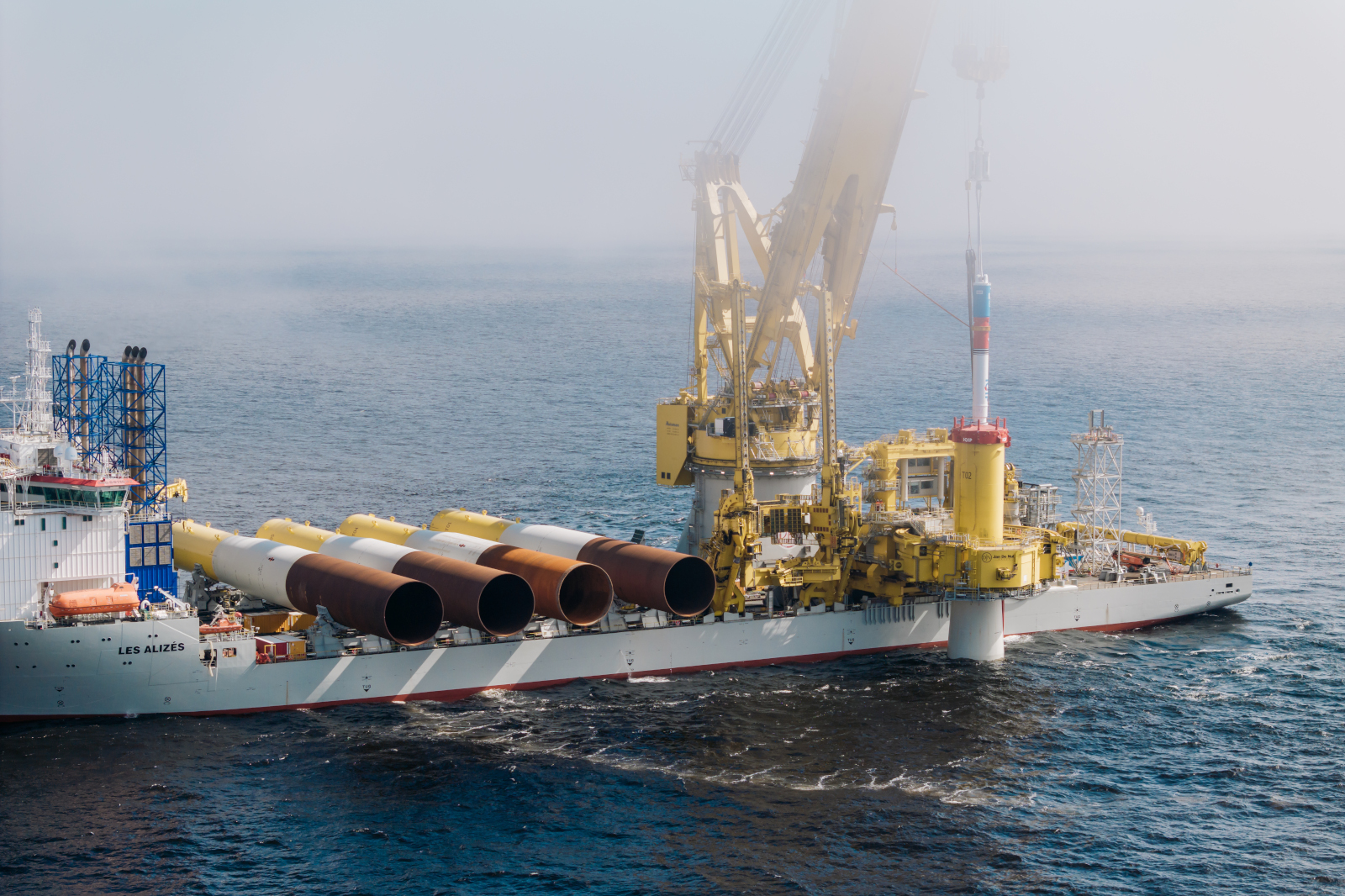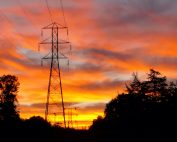178 billion zlotys of added value for the Polish economy, a decrease in CO2 emissions by approx. 102 million tons per year, more than 100,000 new jobs. The Polish economy will reap a number of macroeconomic benefits as long as the Polish government takes measures to facilitate the emergence of offshore wind farms. Simplifying permitting or revising the Maritime spatial plan for Polish sea areas (PZPPOM) are just some of the necessary actions for offshore. At the Offshore Wind Poland 2023 Conference, the Polish Wind Energy Association identified specific changes necessary for the authority to implement as a matter of urgency.
The global offshore market is accelerating, and Poland is not lagging behind. Economic benefits, new jobs and the development of local content are within reach – but without strong regulatory support, the best-case development scenario will not materialize. After the elections, the new government’s priority should be to support offshore wind energy. Within a decade, thanks to OWF, Poland can gain 178 billion zlotys of added value for the economy, decrease CO2 emissions by approx. 102 million tons per year, and collect revenue for companies in the construction phase of approx. 81 billion zlotys. The activity of companies in the sector, especially in the Pomeranian region, is the creation of more than 100,000 new jobs.
One should also keep in mind the savings from not having to purchase CO2 allowances of approx. 67 billion zlotys and saving approx. 47 million tons of hard coal per year. If the full potential of the Baltic Sea is realized, offshore wind power could meet as much as 57% of Poland’s total electricity demand, which is what the new government should aim for. In order for these ambitious goals to be realized, growth in offshore capacity must be dynamized through greater predictability and faster permitting.
– PWEA, in constant dialogue with its member companies and other participants in the offshore industry, has identified factors inhibiting the dynamic development of offshore wind farms in the Polish part of the Baltic Sea. We have identified the most pressing needs facing Phase I projects or those that will affect Phase II and Phase III projects. Our recommendations are a signpost for the new government to direct policymakers’ attention to the large-scale source of green energy that is at hand – stresses Janusz Gajowiecki, President of the Polish Wind Energy Association.
Urgent changes in offshore development
One of the key issues is the revision of the Maritime spatial plan for Polish sea areas (PZPPOM) to inventory offshore areas for possible designation of new offshore wind farm sites. PWEA’s detailed analysis of existing spatial and environmental constraints for 2022 shows that the full potential of OWE is 33 GW, with an expected average annual energy production of 130 TWh. The issue of extending the Plan to new areas is political and requires a push – in the form of appropriate provisions in the currently updated Polish Energy Policy and in the Polish law.
The offshore sector in Poland is developing dynamically, which is why PWEA proposes to revise the Plan at least once every 5 years, instead of every 10 years, as has been the case so far. This will allow the country’s energy strategy to be adapted to the macroeconomic, climate and technological environment. It also proposed shortening some statutory deadlines and reducing the need for a strategic EIA for insignificant plan amendments.
Another fundamental element that needs to be changed is the need for legislative solutions for locating transmission infrastructure offshore. Due to the new authorisation to construct and use artificial islands (PSZW) issued and the fact that new offshore projects will be implemented in the Baltic Sea, the crossing or overlapping of submarine cables, that are components of offshore wind farms or power output from different offshore wind farms, will be inevitable. In the next stage, it will be necessary to apply international standards or their equivalents (creating a document for the use of the Polish Baltic Sea) to the crossing of cables and crossing agreements between investors.
PWEA also recognizes the need to introduce more flexibility in the process of implementing offshore wind farm projects, through, among others, the possibility of micromoving the location of the turbine (up to 50m) without having to change the previously obtained approvals and permits (only the notification of such a change), the possibility of carrying out preparatory work for the OWF before obtaining a construction permit, or limiting the possibility of introducing additional obligations not arising from the law in the process of issuing an opinion on the application for the PSZW. It would also be a great help if the existing regulations were adjusted to the cases of phased construction of offshore farms, which may be inevitable given the seasonality of offshore work, and if the expiration dates of permits and approvals were adjusted to the realities of offshore wind farm investment in Poland.
During the Offshore Wind Poland Conference, the need to sanction the possibility of selling energy from the OWF before the final acceptance of the entire farm also resounded, in order to minimize risk on the part of investors. According to PWEA, the sale of energy during the start-up period is allowed after the generator submits a license application within a certain time frame.
Technological advances in offshore wind and hydrogen technologies require updating current regulations to allow energy storage, electrolyzers or photovoltaic panels to be connected to offshore wind farms without losing the right to support. These technologies can support the development of offshore wind power, providing greater stability of operation and will also allow the full use of wind-generated energy in situations where the supply of energy exceeds current demand in the NPS.
PWEA also identifies many other areas where it is necessary to adapt existing regulations to the realities of investment in our country. These include: changes to working hours at sea and at shore service bases, the introduction of definitions of industrial personnel for offshore service (in line with the latest changes to SOLAS and the IP Code), the definition of service shipping, or clarification of regulations on offshore markings.
Thinking about Phase II of development, it would also be necessary to look at the environmental permitting process and requirements under the geological law, as well as the technical expertise needed, and to optimize the technical requirements for the OWF power output unit.
PWEA’s first legislative package includes amendments to nine pieces of legislation, including the Offshore Act, the Offshore Areas Act or the Transmission Specs Act.
Source: PWEA














